As you pull into a beachside freedom camping site for the evening you notice the battery on your mobile device is almost drained. Thankfully your recreational vehicle has an inverter onboard which can draw power from your motorhome’s 12 volt (V) battery storage — reviving your phone.
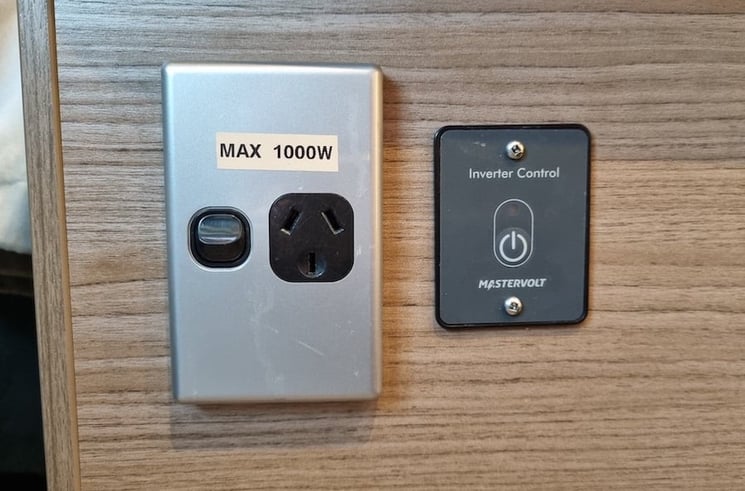
In this blog, we discuss what an inverter is, different types of inverters and how to match one to your motorhoming needs. We also look at how many watts (W) you’ll likely require and how to prevent battery damage when using your inverter.
What is an inverter?
An inverter is an electronic device that converts direct current (DC) power into alternating current (AC) power. Think of it as the hard-working essential link between the two types of electrical energy systems.
If you’re planning to go freedom camping regularly, and for days at a time, an inverter will be an incredibly handy item onboard your motorhome. You’ll be able to use some electrical devices and appliances while off the grid — depending on how much power they require.
Many people use inverters to recharge their laptop, camera battery or portable speaker. Some motorhome owners travel with a continuous positive airway pressure (CPAP) machine to help with sleep apnea — which can be operated via an inverter.
By constantly reversing the direction of the flow of current rapidly, inverters convert the 12V of DC supplied by the battery into 240V of AC at the plugs. This flow is usually cycling at around 60 times per second.
But it’s not just RVs that rely on them to invert power needed to operate everyday appliances and devices when parked off-grid. Inverters are also an essential component of any live-aboard vessel or domestic household electrical network that captures energy from the sun or wind.
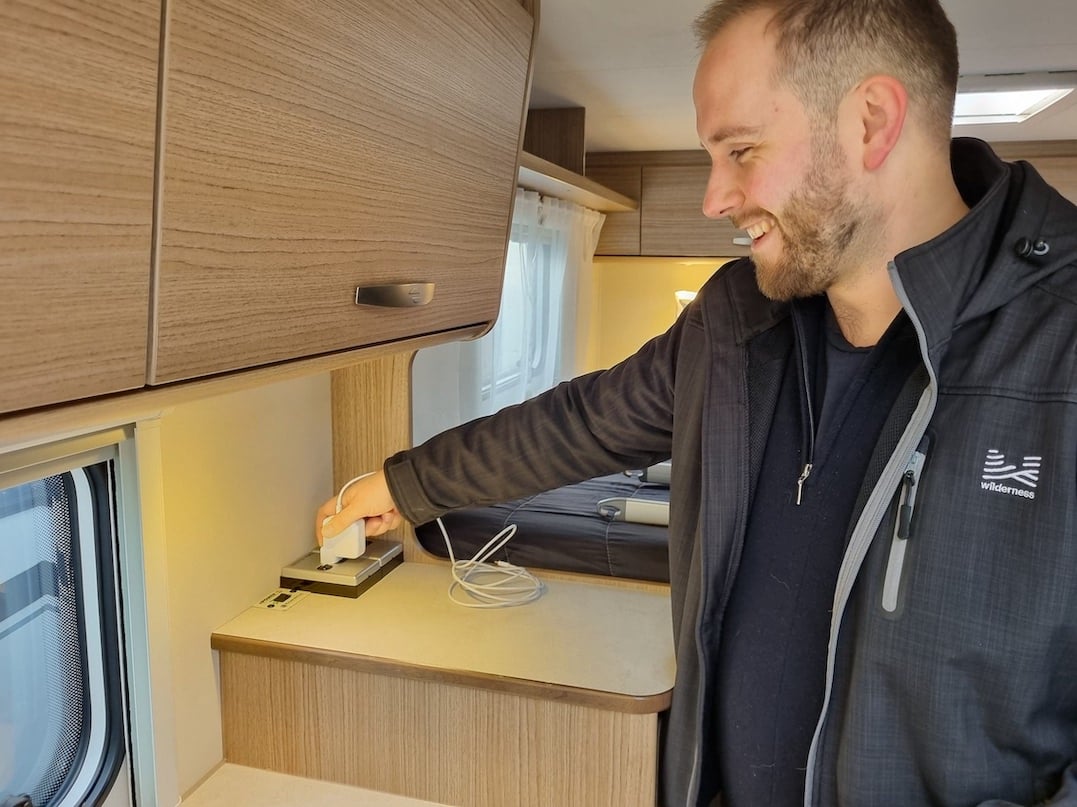
The three types of inverters
Not all inverters are created equal. They can actually be classified into distinct types based on the waveform they generate. It’s crucial to understand these different types in order to choose the right inverter for your motorhome.
Square wave inverters
The first inverters were designed to convert AC into DC. But it wasn’t long before the lightbulb moment arrived — when someone figured out that they could also easily perform the reverse operation.
These early inverters had an electro-mechanical component called a multivibrator. It made a buzzing sound as it produced a series of strong power pulses called a square wave. The name refers to the squared-off shapes that these pulses produce when viewed on the screen of an electroscope.
Modified sine wave inverters
The strong, more sustained pulses of square wave inverters often produce lower order harmonics that can cause fires. The solution to this problem — the modified sine wave inverter.
A more accurate description would be modified square wave inverter as it’s a square wave inverter equipped with:
- Three added capacitors — electronic components that store and release electrical energy
- Three added resistors — electronic components designed to impede or restrict the flow of electric current in a circuit.
This creates a resistor-capacitor (RC) network capable of converting square wave input into
smoother, more rounded sine wave output.
Square wave inverters could only previously be used for electric motor support.
The less jerky and less powerful impulses of the modified sine wave inverters make them safe when using ordinary household appliances and devices. However, the vibrations they produce can still affect the performance of electronic clocks and timers.
Pure sine wave inverters
It was the availability of semiconductors that made the debut of pure sine wave inverters possible. And there were plenty of advantages to this new pure inverter, such as:
- Discarding the noisy multivibrator
- The completely electronic and silent inversion of 12V DC power into 240V AC
- Reducing the power drained during the conversion by 20 percent.
The refinement and efficiency of pure sine wave inverters is now at such a high level. The wave of power pulses they produce is smoother than that supplied by a household plug connected to the national grid.
There’s only one type of inverter that should be fitted to a motorhome these days — the purely electronic version.
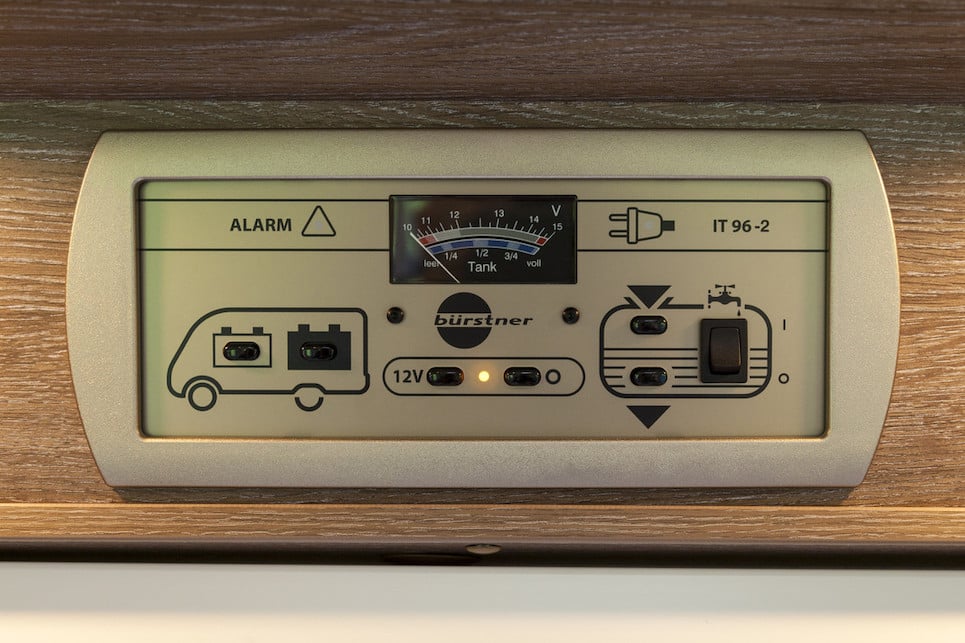
Identifying an inverter’s harmonic performance
Naturally, some pure sine wave inverters are better than others — and these do tend to cost more. One way to assess their quality is to identify their harmonic performance.
Quality pure sine wave inverters will have:
- A total harmonic distortion (THD) of five percent, and
- A single harmonic distortion (SHD) of three percent or less.
If an inverter brand achieves these levels, they’re far more likely to crow about it and make that information easily accessible to potential buyers like yourself.
Matching an inverter to your needs
The bigger your inverter’s DC-AC conversion capacity, the larger the amount of battery storage you’ll need to supply power to it — if using that capacity to its full potential.
The batteries and the inverter should be connected as close to each other as possible. So your first assessment to make, when considering an off-grid 240V power supply upgrade, is whether your motorhome has the physical room available to achieve this.
A larger-capacity inverter won’t take up much more room than the one already fitted in your RV. However, finding nearby room for the extra batteries required to supply enough DC current to it could prove problematic.
If you’re seeking to install a more robust off-grid 240V power supply, this is probably your biggest hurdle — enough space in your battery compartment for the additional power storage.
For more gadgets to elevate your motorhome life, check out our top ten essential motorhome accessories.
How many watts are enough?
The next step is to determine the maximum inverter output wattage that you require. First, think about all your possible off-grid scenarios, like whether you:
- Need to charge ebikes
- Have a continuous positive airway pressure (CPAP) machine to plug in
- Want to make a couple of coffees in the capsule machine — without having to turn the TV off first.
Of those three scenarios, the first two require different solutions.
Recharging an ebike is going to require a relatively high inverter output wattage and a large reserve of electron storage. If discharged to a battery level of 15 percent, your ebike will pull (on average) around 40 amps (A) out of your motorhome’s batteries over each of the next three hours.
At the other end of the scale is the CPAP machine — peacefully suppressing the snores of its user while pulling roughly 3-6A of current out of your batteries every hour. Therefore, the CPAP user can enhance their sleep while off-grid without a huge investment in inverter output wattage and the battery storage required to serve it.
Find out all you need to know about charging a motorhome battery.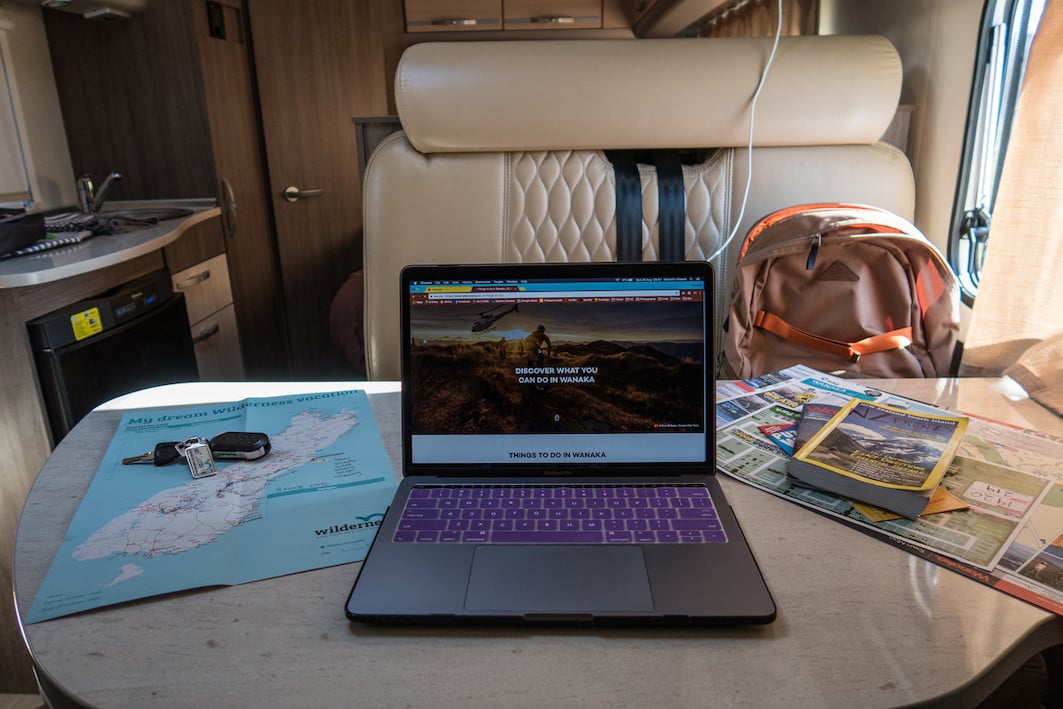
Initial surge wattage
The third scenario above, involving coffee and TV, is useful because it illuminates the difference between:
- The surge wattage of appliances when first turned on, and
- The lower wattage they require from the inverter once that initial spike in power demand has settled.
In steady-state use, the average TV will require a delivery of 50W from your inverter. The coffee machine will need 1000W. If you have a 1200W inverter, you’ll have no trouble supplying this 1050W total.
However, the surge peaks of these two appliances are likely to exceed your inverter’s 1200W output if both are in the start-up phase of their operation. Most inverters have a ten second overload capacity built into them, allowing for this type of scenario.
Your 1200W inverter can tolerate a demand of 1500W for ten seconds before it begins to overheat and automatically shuts down.
Perhaps it’s easier to make your coffee first before turning your TV on — in this case. Either that, or purchase an inverter with a larger output while making sure you have enough battery capacity to fully utilise the increase in inverter wattage.
When inverter output exceeds battery capacity
If the power demand placed on an inverter with higher wattage output exceeds your available battery storage, it can still operate smoothly and without overheating — as long as your power consumption is kept to a minimum.
It’s only when demand exceeds battery supply that your inverter begins to heat up alarmingly and starts to trigger the inbuilt auto-shutdown procedure. You can face potential safety risks so it’s important to keep in mind:
- Overheating — if you overload or exceed your inverter’s capacity, it can cause a buildup of excessive heat
- Auto-shutdown — to prevent damage from too much heat, your inverter will likely have a built-in protection mechanism like auto-shutdown to avoid further overheating when it reaches a critical temperature
- Fire hazards — excessive and prolonged overheating can damage internal components and wiring, increasing your risk of fire, so be sure to act quickly if your inverter is often overheating or shutting down.
Mitigating risk
Inverters are designed to manage heat but you can minimise the safety risks associated with overheating by:
- Reducing the load on your inverter — and being aware of the power needs of the devices you connect to it
- Monitoring battery capacity — ensure it’s sufficient to meet the power demands of your inverter
- Performing routine maintenance — such as cleaning away dust that may build up on your inverter, and checking that ventilation ports aren’t obstructed.
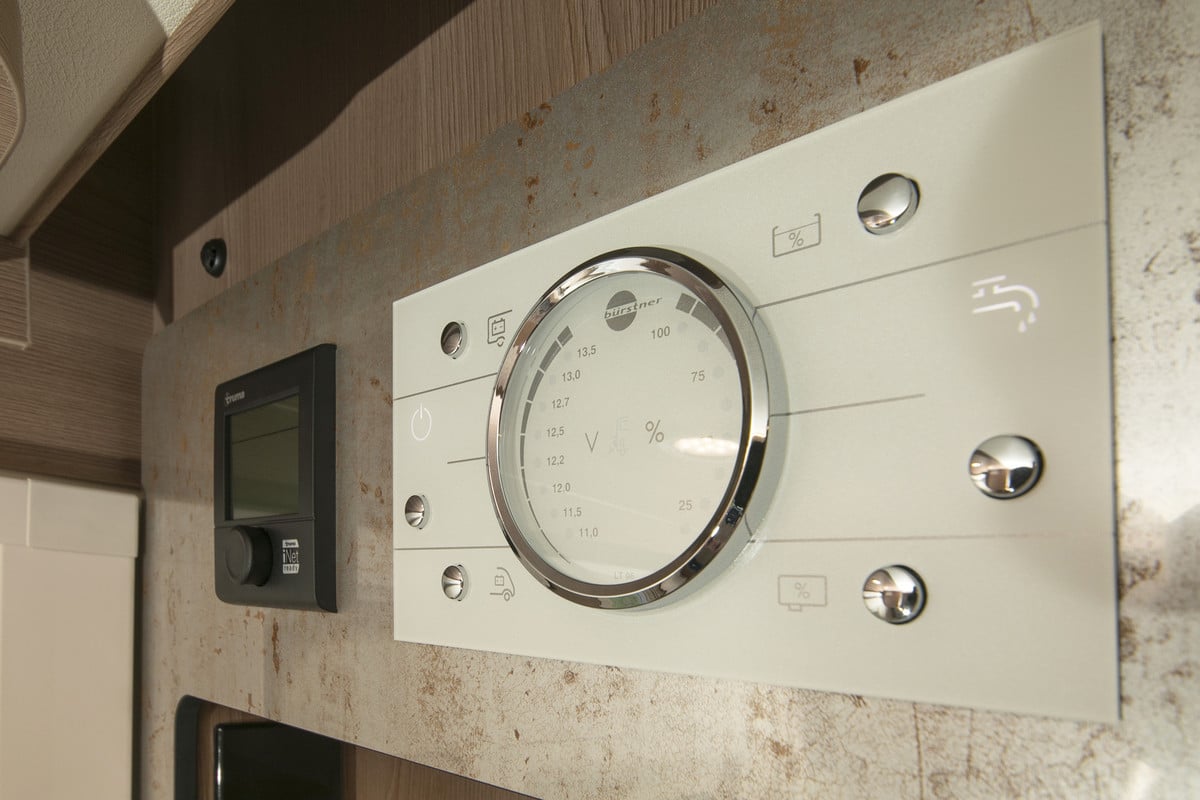
Power losses during conversion
Another factor to consider when choosing an inverter is accounting for the minor power losses that are likely to occur during the inversion.
Some inverters use more power than others — and there are examples of models that draw 5000W of battery power but deliver 4000W of maximum output. Check this difference between battery input and inverter output with the seller before you decide to buy.
Can overloading the inverter damage your batteries?
Placing high demands on your inverter can cause a rapid drop in the voltage of your supply batteries. Many inverters automatically shut down when the battery voltage drops to 10-11V — a level that’s too low to prevent the batteries from suffering permanent damage.
Some inverter models allow adjustment of this trigger point to a slightly higher level so that the health of your batteries can be preserved — as well as that of your inverter.
How to prevent battery damage
It’s best practice to ensure you have a surplus of battery capacity to serve your inverter. A reliable guide for identifying the ideal battery capacity for an inverter is to look at the maximum wattage output of the latter and divide it by:
- Five if your motorhome’s battery storage is 12V
- Ten if the storage capabilities of your motorhome battery is 24V.
See the table below for examples of how inverter wattage relates to battery capacity in amp hours (Ah) when you have a 12V battery.
|
The ideal battery capacity for your inverter |
|
| Maximum inverter output (W) | Battery capacity (Ah) |
| 1000 | 200 |
| 2000 | 400 |
| 4000 | 800 |
| 10000 | 2000 |
It’s a fairly easy calculation to make. Using it as a guideline when designing your off-grid 240V power supply will ensure you have a system that’s robust and durable — and capable of delivering years of electrically-enhanced freedom camping.
Check out our comprehensive guide to 12V motorhome batteries.

